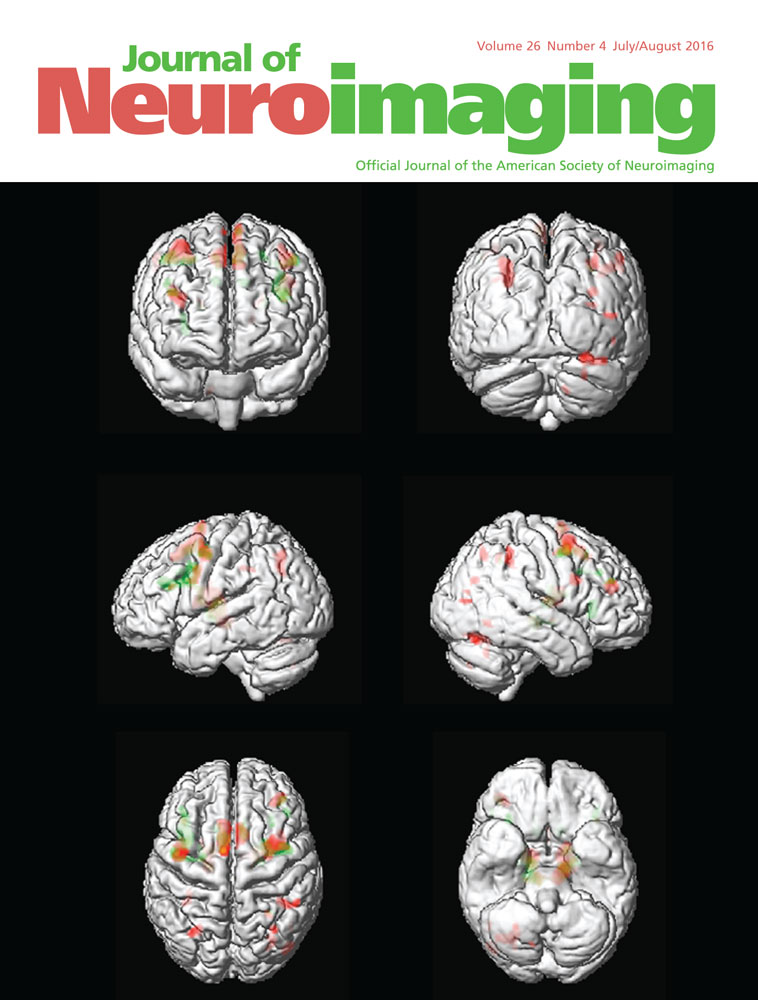Atherosclerotic Carotid Plaque Composition: A 3T and 7T MRI-Histology Correlation Study
Sources of Funding: This work was funded by the Chief Scientist Office, Scotland.
Disclosures/Conflict of Interest: The authors declare no conflicts of interest.
ABSTRACT
BACKGROUND AND PURPOSE
Carotid artery atherosclerotic plaque composition may influence plaque stability and risk of thromboembolic events, and noninvasive plaque imaging may therefore permit risk stratification for clinical management. Plaque composition was compared using noninvasive in vivo (3T) and ex vivo (7T) MRI and histopathological examination.
METHODS
Thirty-three endarterectomy cross-sections, from 13 patients, were studied. The data sets consisted of in vivo 3T MRI, ex vivo 7T MRI, and histopathology. Semiautomated segmentation methods were used to measure areas of different plaque components. Bland-Altman plots and mean difference with 95% confidence interval were carried out.
RESULTS
There was general quantitative agreement between areas derived from semiautomated segmentation of MRI data and histology measurements. The mean differences and 95% confidence bounds in the relative to total plaque area between 3T versus Histology were: fibrous tissue 4.99%(–4.56 to 14.56), lipid-rich/necrotic core (LR/NC) with hemorrhage –1.81%(–14.11 to 10.48), LR/NC without hemorrhage –2.43%(–13.04 to 8.17), and calcification –3.18%(–11.55 to 5.18). The mean differences and 95% confidence bounds in the relative to total plaque area between 7T and histology were: fibrous tissue 3.17%(–3.17 to 9.52), LR/NC with hemorrhage –0.55%(–9.06 to 7.95), LR/NC without hemorrhage –12.62%(–19.8 to –5.45), and calcification –2.43%(–9.97 to 4.73).
CONCLUSIONS
This study provides evidence that semiautomated segmentation of 3T/7T MRI techniques can help to determine atherosclerotic plaque composition. In particular, the high resolution of ex vivo 7T data was able to highlight greater detail in the atherosclerotic plaque composition. High-field MRI may therefore have advantages for in vivo carotid plaque MRI.




